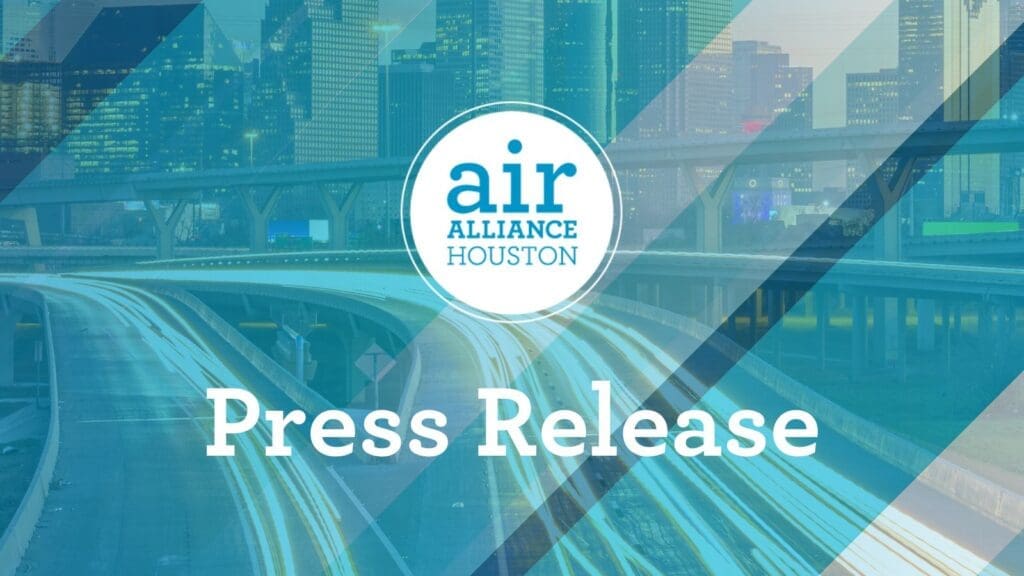Insufficient data raises questions about the implications for the project
HOUSTON, TX – Air Alliance Houston has analyzed the air monitoring data recently released for Segment 3 of the North Houston Highway Improvement Project (NHHIP) by the Texas Department of Transportation (TxDOT). The analysis shows significant concerns for air quality, uncovers major inadequacies in the data, and prompts questions about its application to project decision-making.
The I-45 Voluntary Resolution Agreement (VRA) between TxDOT and federal officials mandates the installation of one air monitor within each NHHIP project segment for one year before starting any construction activities in the Segment. TxDOT recently made public one month’s worth of data (December 2023) from the inaugural monitor installed at the southern tip of Segment 3 in August 2023.
Air Alliance Houston looked at the concentrations of Particulate Matter 2.5 (PM2.5), nitrogen oxides (NOx), volatile organic compounds (VOCs), and wind speed/direction reported by the air monitor. The review revealed several concerns:
- While daily averages of PM2.5 levels have been provided, there is a lack of granular data, which obscures potential short-term spikes in pollution that often happen near roads and that could pose risks to public health. The absence of PM10 measurements also fails to capture the full extent of particle pollution from vehicular traffic.
- Irregular spikes in NOx concentrations exceeding EPA standards suggest there are additional pollution sources in the Segment beyond routine emissions.
- Inconsistent monitoring intervals and lack of data visualization hinder public understanding of VOC pollution levels, including carcinogenic substances like benzene and 1,3-butadiene.
- The absence of a geographical presentation in wind speed/direction measurements (i.e., wind roses) further obscures a full analysis of the data.
In addition, the analysis highlights delays in data publication. It also raises concerns about the monitor being far from where most construction will occur and where people live, work, learn, and play.
“The current data is insufficient for informed decision-making,” said Dr. Inyang Uwak, Research and Policy Director at Air Alliance Houston. “Without more comprehensive and timely data, along with modeling of construction-related air pollution and increased car volume, accurately predicting the project’s impact on air quality is impossible. This raises concerns about potential health risks and continued noncompliance with air quality standards.”
Air pollutants like PM, NOx, and VOCs are known to cause respiratory and cardiac events as well as cancer, underscoring the importance of these concerns. Even short-term exposures to these pollutants are consistently linked to respiratory diseases.
Air Alliance Houston has shared the analysis with TxDOT and the Federal Highway Administration (FHWA) and inquired about reasons for data publication delays, access to real-time data, and how these data will inform decisions related to Segment 3.
Access the full analysis here.
###
Media contact: Riikka Pohjankoski, [email protected], 713 589 7079
About Air Alliance Houston
Air Alliance Houston is a non-profit advocacy organization working to reduce the public health impacts of air pollution and advance environmental justice through applied research, education, and advocacy. For more information and resources, please visit www.airalliancehouston.org.

